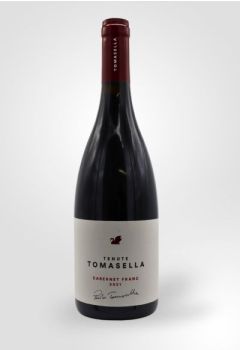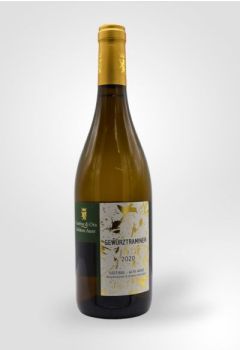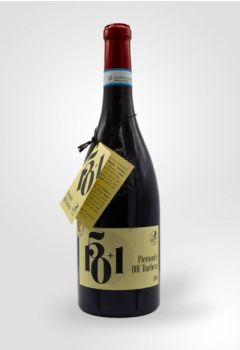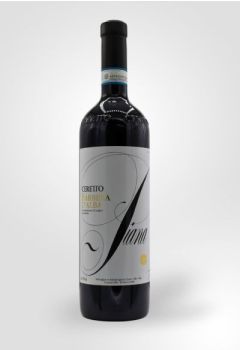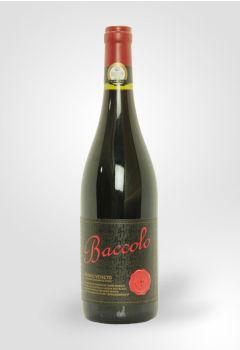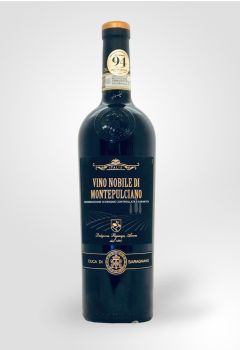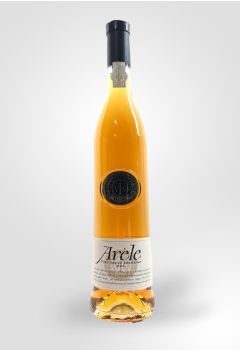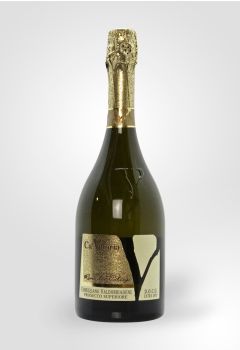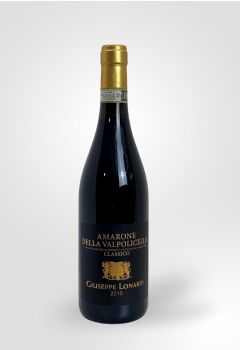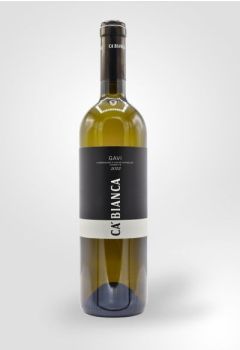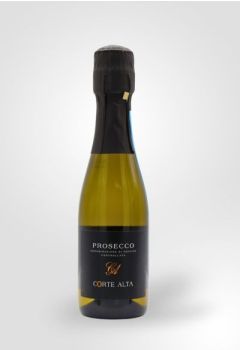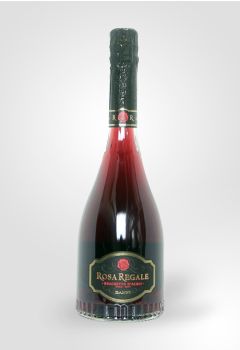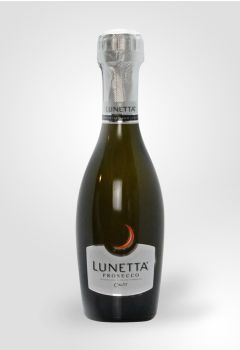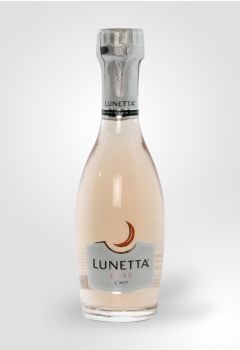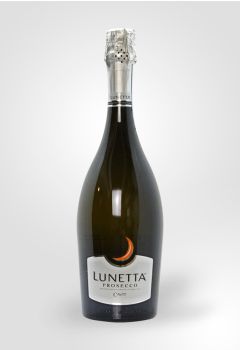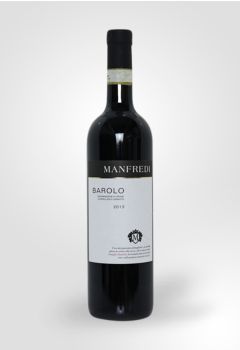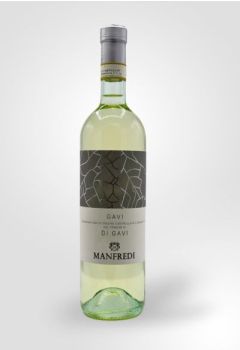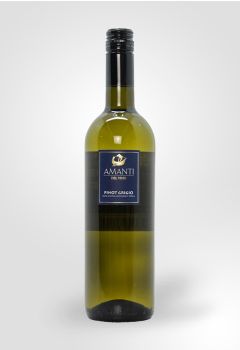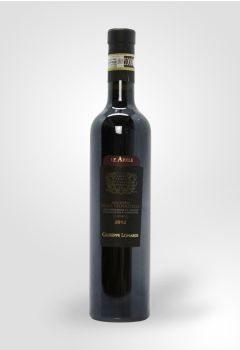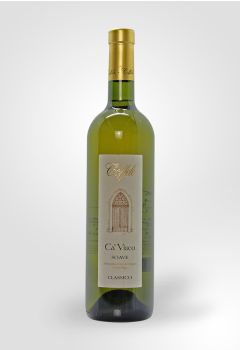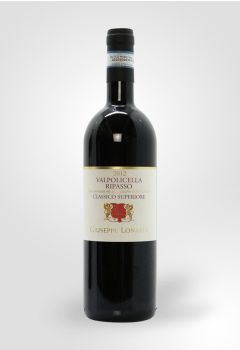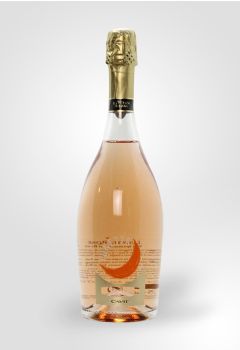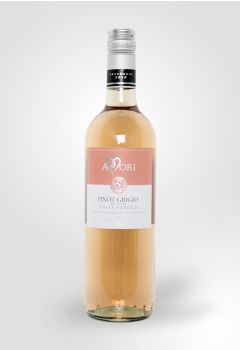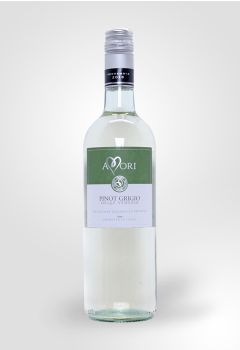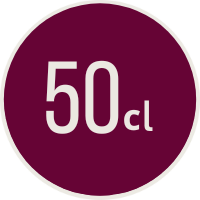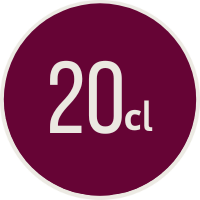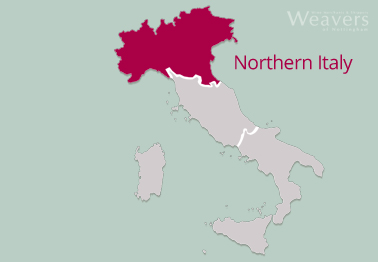
-
- Origin
- Italy
- Friuli
Ruby red with purple tinges. An intense nose of violet and red berry fruits with a typical capsicum notes. Full bodied, with velvety, spicy fruit and ... Read More- Origin
- Italy
- Friuli
Ruby red with purple tinges. An intense nose of violet and red berry fruits with a typical capsicum notes. Full bodied, with velvety, spicy fruit and ... Read More -
- Origin
- Italy
- Alto Adige
Aromatic and rich bouquet, full-bodied and intense, with notes of exotic fruits, flowers, citrus fruits and spices, such as rose, orange, mint and ... Read More- Origin
- Italy
- Alto Adige
Aromatic and rich bouquet, full-bodied and intense, with notes of exotic fruits, flowers, citrus fruits and spices, such as rose, orange, mint and ... Read More -
- Origin
- Italy
- Piemonte
Intense ruby red colour with ripe red fruit aromas. On the palate, it is full-bodied and round, with a soft finish of dark chocolate and black pepper.... Read More- Origin
- Italy
- Piemonte
Intense ruby red colour with ripe red fruit aromas. On the palate, it is full-bodied and round, with a soft finish of dark chocolate and black pepper.... Read More -
- Origin
- Piedmont
- Italy
In the glass the wine shows beautiful ruby colours with violet hues and fresh fruit aromas of berries and cherries, with a floral lift. The palate con... Read More- Origin
- Piedmont
- Italy
In the glass the wine shows beautiful ruby colours with violet hues and fresh fruit aromas of berries and cherries, with a floral lift. The palate con... Read More -
- Origin
- Italy
- Northern
- Veneto
An intense bouquet of spice and ripe dark fruit leads onto a well-rounded palate with an rich, persistent finish. Read More- Origin
- Italy
- Northern
- Veneto
An intense bouquet of spice and ripe dark fruit leads onto a well-rounded palate with an rich, persistent finish. Read More -
- Origin
- Italy
- Trentino
A seductive rich red wine packed full with elegant red fruits and soft spices. Finished long and warming on the palate. Read More- Origin
- Italy
- Trentino
A seductive rich red wine packed full with elegant red fruits and soft spices. Finished long and warming on the palate. Read More -
- Origin
- Italy
- Trentino
A delicious deep copper coloured Vino Santo. Made from grapes that are left on the vine to become raisins. Sweet honey notes with a character of dried... Read More- Origin
- Italy
- Trentino
A delicious deep copper coloured Vino Santo. Made from grapes that are left on the vine to become raisins. Sweet honey notes with a character of dried... Read More -
- Origin
- Italy
- Veneto
- Conegliano
Characterized by hints of ripe golden apple and acacia flowers, this Prosecco is a cut above the rest with a richer edge and more depth than most of i... Read More- Origin
- Italy
- Veneto
- Conegliano
Characterized by hints of ripe golden apple and acacia flowers, this Prosecco is a cut above the rest with a richer edge and more depth than most of i... Read More -
- Origin
- Italy
- Northern
- Valpolicella
Deep concentrated aromas of dark chocolate and spice. Full and well-balanced with a rich, warm, silky texture. Read More- Origin
- Italy
- Northern
- Valpolicella
Deep concentrated aromas of dark chocolate and spice. Full and well-balanced with a rich, warm, silky texture. Read More -
- Origin
- Italy
- Piedmont
The unique microclimate of deep valleys and proximity to the sea give rise to the prefect conditions to create these stunning wines. Gavi is made from... Read More- Origin
- Italy
- Piedmont
The unique microclimate of deep valleys and proximity to the sea give rise to the prefect conditions to create these stunning wines. Gavi is made from... Read More -
- Origin
- Italy
- Veneto
Crisp and lively, with notes of green apple and citrus. Delicate bubbles, a touch of floral character and a refreshing finish. A delightful Prosecco. Read More- Origin
- Italy
- Veneto
Crisp and lively, with notes of green apple and citrus. Delicate bubbles, a touch of floral character and a refreshing finish. A delightful Prosecco. Read More -
- Origin
- Italy
- Piedmont
Soft, fruity and aromatic red sparkling wine, with hints of rose on the nose and red berry, almond and nutmeg flavours on the palate. Its soft light m... Read More- Origin
- Italy
- Piedmont
Soft, fruity and aromatic red sparkling wine, with hints of rose on the nose and red berry, almond and nutmeg flavours on the palate. Its soft light m... Read More -
- Origin
- Italy
- North East
- Veneto
Quarter bottle (20cl) of Prosecco packed with aromas of stone fruit, peach and hints of apple. Beautifully balanced sparkling wine with a crisp and li... Read More- Origin
- Italy
- North East
- Veneto
Quarter bottle (20cl) of Prosecco packed with aromas of stone fruit, peach and hints of apple. Beautifully balanced sparkling wine with a crisp and li... Read More -
- Origin
- Italy
- North East
- Trentino
Sparkling rose (Quarter bottle, 20cl) with armoas of red berry fruits supported by a lively fizz, leading to a fresh and delicate finish. Read More- Origin
- Italy
- North East
- Trentino
Sparkling rose (Quarter bottle, 20cl) with armoas of red berry fruits supported by a lively fizz, leading to a fresh and delicate finish. Read More -
- Origin
- Italy
- North East
- Veneto
This is what Prosecco is all about. A delicate example with a long persistent mousse. Light and fruity with hints of ripe apples, peaches and ripe sto... Read More- Origin
- Italy
- North East
- Veneto
This is what Prosecco is all about. A delicate example with a long persistent mousse. Light and fruity with hints of ripe apples, peaches and ripe sto... Read More -
- Origin
- Italy
- Northern
- Piedmont
A classic rich Italian red. A deep, intense and concentrated wine with a fine scented bouquet of plums, berry fruit, wood smoke and leather alongside ... Read More- Origin
- Italy
- Northern
- Piedmont
A classic rich Italian red. A deep, intense and concentrated wine with a fine scented bouquet of plums, berry fruit, wood smoke and leather alongside ... Read More -
- Origin
- Italy
- Piedmont
A gently spiced nose with hints of green apple evolves into a crisp and elegant palate with a mineral, even nutty, character and notes of lime marmala... Read More- Origin
- Italy
- Piedmont
A gently spiced nose with hints of green apple evolves into a crisp and elegant palate with a mineral, even nutty, character and notes of lime marmala... Read More -
- Origin
- Italy
- Veneto
Pinot Grigio from Northern Italy is one of the most popular styles of dry white wine on the market! With its floral character, this wine is crisp, ref... Read More- Origin
- Italy
- Veneto
Pinot Grigio from Northern Italy is one of the most popular styles of dry white wine on the market! With its floral character, this wine is crisp, ref... Read More -
- Origin
- Italy
- Valpolicella
A deep, dense purple-red colour, with strong cassis and chocolate flavours on the palate. Great with strong cheeses. Read More- Origin
- Italy
- Valpolicella
A deep, dense purple-red colour, with strong cassis and chocolate flavours on the palate. Great with strong cheeses. Read More -
- Origin
- Italy
- Veneto
A beautiful white loaded with elegant aromas of apple, pear, passion fruit and yellow fruit that end in a dry, long finish. Comes from a small family ... Read More- Origin
- Italy
- Veneto
A beautiful white loaded with elegant aromas of apple, pear, passion fruit and yellow fruit that end in a dry, long finish. Comes from a small family ... Read More -
- Origin
- Italy
- Veneto
Deep ruby red in colour, with an excellent depth of flavour alongside a pronounced bouquet of ripe cherries. Soft and full on the palate ending with a... Read More- Origin
- Italy
- Veneto
Deep ruby red in colour, with an excellent depth of flavour alongside a pronounced bouquet of ripe cherries. Soft and full on the palate ending with a... Read More -
- Origin
- Italy
- Veneto
This refreshing Italian classic offers soft summer berries and a hint of tropical fruit on the nose with citrus notes joining on the palate and finish... Read More- Origin
- Italy
- Veneto
This refreshing Italian classic offers soft summer berries and a hint of tropical fruit on the nose with citrus notes joining on the palate and finish... Read More -
- Origin
- Italy
- Veneto
A Pinot Grigio that is soft with a lightly refreshing character. Hints of honey and pear drops on the nose with a long and dry finish. A well-made ea... Read More- Origin
- Italy
- Veneto
A Pinot Grigio that is soft with a lightly refreshing character. Hints of honey and pear drops on the nose with a long and dry finish. A well-made ea... Read More
Barolo and Barbaresco, both produced from the Nebbiolo grape, and Valpolicella are legendary red wines whilst Gavi and Soave are whites of international repute. Variety is vast, as is quality, but with a little understanding it is an incredibly rewarding winemaking region to explore, and one that will satisfy all budgets and occasions.
Styles of Wine
Long-lived, complex Barolos and powerful Valpolicellas, both red wines, may fly the flag for the region but Northern Italy is predominatly a producer of crisp whites from mainly indigenous grapes, such as Gavi and Soave, and also has a world-famous sparkling wine. Asti Spumante may suffer from a problem of image, but when approached young its low alcohol and sweet fruitfulness can be uplifting. The styles throughout Northern Italy are extremely varied and a closer look at the districts will reveal more about them.
Key Vines
Nebbiolo is the noble grape of Northern Italy, used for Barolo and Barbaresco,other red grapes of importance are Barbera, Bonarda and, for Valpolicella, Corvina, Molinara and Rondinella. Cabernet Sauvignon and Merlot are international varieties that have achieved some success.For the white wines, Garganega is the main grape for Soave, Cortese for Gavi and Moscato for Asti Spumante. Chardonnay and Sauvignon Blanc have taken root and a host of indigenous grapes produce everyday wines. The uninspired Albana is maybe the most interesting of these, if only because the classification of Albana di Romagna as a DOCG wine was so controversial that it led to a complete overhaul of the classification system in 1992.
Climate and Conditions
The vineyards are generally found in the foothills of the Alps and the Apennines.These make for challenging ripening conditions that bring out the best in many of the vines. South-facing slopes are favoured to take full advantage of the sun, though beyond this it is hard to generalise about such a large region.

